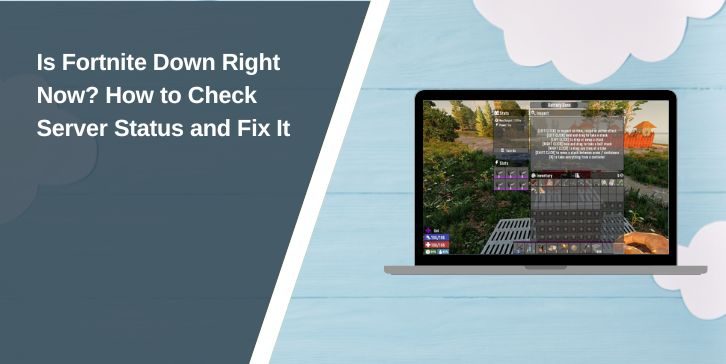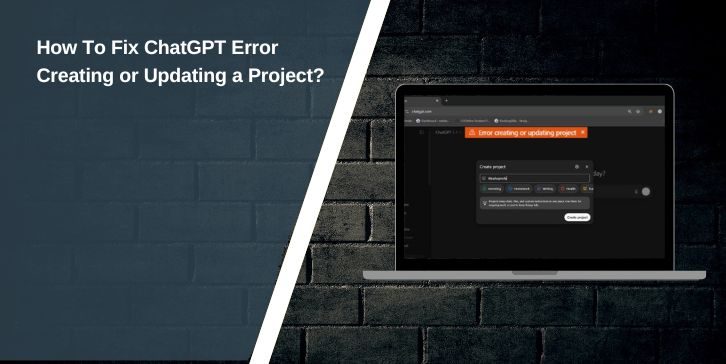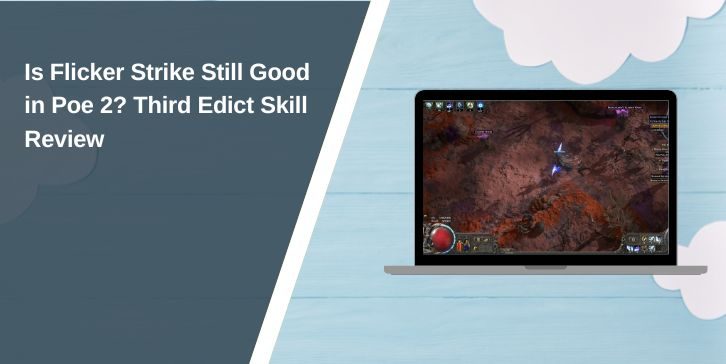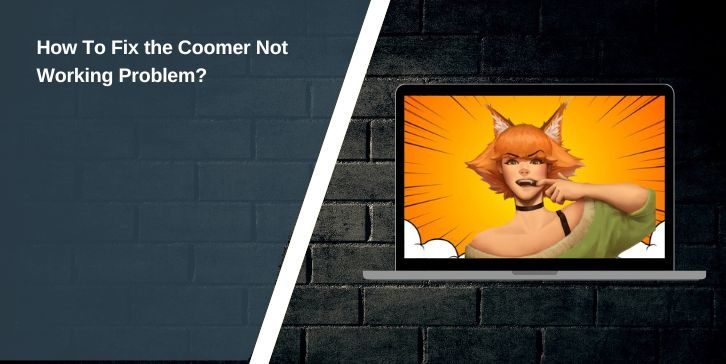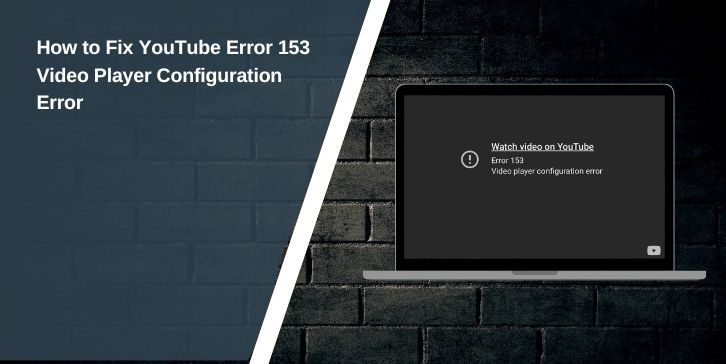In 7 Days to Die, players face all kinds of danger—zombie attacks, broken bones, infections, and more. When you play with others, staying alive isn’t just about fighting. It’s about helping each other.
Buffing means giving another player something that helps them, like health, stamina, or a way to cure an infection. It can be the difference between winning and dying. If one teammate falls behind, the whole group is at risk. That’s why support players are so important. You don’t need to be a medic. You just need to be ready.
What “Buffing” Means in 7 Days to Die?
Buffing is when you improve a teammate’s condition. You might stop their bleeding, fix a broken leg, or give them energy to run. It’s not just about healing. Buffs can remove problems or make players stronger for a short time.
Some buffs act right away. Others last for a while. Most come from medical items, drugs, or special food. Some perks help too. In co-op mode, knowing how to use these tools quickly keeps your group moving and alive.
What do You Need Before Buffing in 7 Days to Die?
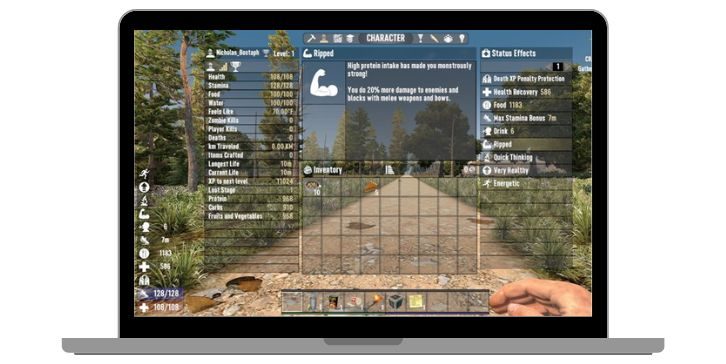
If you want to help other players, you have to be prepared before the fight starts. Buffing isn’t something you figure out in the middle of a panic. Most healing items can’t be used from your inventory—they must be in your hotbar. That means you need to equip them before they are needed. You also need to be close to the player. Buffing doesn’t work from far away.
And most importantly, you have to know what each item does. If your teammate has a broken leg, giving them a painkiller won’t fix it. You’ll need a splint or cast. That’s why being alert and organized matters.
And while it’s not required, unlocking perks like Physician and Healing Factor helps a lot—they speed up your healing and let you craft better supplies. Good buffs come from being quick, nearby, and ready with the right tool in hand.
What Items should you carry for Buffing in 7 Days to Die?
Being a support player means keeping the right gear close. The wrong item can waste time or even make things worse.
Always keep these in your hotbar (not in your bag):
- First Aid Bandage: Stops bleeding, adds a little health
- First Aid Kit: Strong healing for big damage
- Steroids: Speeds you up, adds stamina, and lets you carry more
- Vitamins: Blocks sickness and helps with sun
- Splint or Cast: Fixes leg breaks or sprains
- Honey or Antibiotics: Cures infection
- Painkillers: Reduce pain, but lower hydration
- Aloe Cream: Basic healing, good early on
Helpful perks (if you want more healing power):
- Physician: Lets you craft First Aid Kits, speeds healing
- Healing Factor: Boosts natural recovery over time
- Daring Adventurer: Gets better loot (often medical stuff)
You don’t need all perks to be useful. Just the items and good timing.
How to Buff Another Player in 7 Days to Die? (Step-by-Step)
Buffing isn’t just about carrying supplies. You have to know how to use them the right way in a fight. A quick medkit won’t help if someone is bleeding out and you didn’t stop it first. Timing, position, and action all matter.
Step 1: Equip the Right Item
Before you can heal or boost someone, move the item into your hotbar. Buff items don’t work straight from your backpack. If your teammate is bleeding, grab a First Aid Bandage. For infection, Honey or Antibiotics. Be sure it’s ready before you approach.
Step 2: Get Close and Face the Player
Walk right up to your teammate. Stand next to them and look directly at them. Buffing items require proximity and direct aim. If you’re too far or looking away, nothing will happen.
Step 3: Use the Action Button to Apply
Right-click (or use your controller’s action key) while aiming at the player. You’ll usually see a quick hand animation or hear a sound. That means the item was used on them.
Step 4: Watch for Feedback
Their health should increase, a debuff symbol should vanish, or movement should improve. Some buffs show immediate change. Others take a few seconds to kick in.
Step 5: Follow Up if Needed
Not all effects are solved with one use. For example, you may need to bandage someone, then give them Painkillers. Or heal them, then apply Vitamins. Watch their condition and apply more if needed.
Step 6: Stay Aware and Communicate
Ask your teammates what they need. If they’re still infected or limping, ask if they’ve been treated. Team healing works better when players talk and respond quickly.
Smart Tips to Buff Like a Pro in 7 Days to Die
Buffing gets easier when you’ve done it a few times, but even experienced players miss simple things in the middle of chaos. These tips will help you stay sharp, save more teammates, and make fewer mistakes when it matters most.
- Always carry more than one of each item. One bandage won’t save everyone.
- Use Vitamins before a blood moon or raid. They stop stun and infection.
- Combine Bandage + Painkillers to stop bleed and reduce trauma together.
- Give Steroids to players carrying heavy loot—they’ll move faster.
- Cure infection early. Don’t wait till it hits 100% or you’re out of time.
- Medkits don’t stop bleeding. Bandage first, then heal.
- Fix leg injuries fast. A broken leg slows the team and makes them easy prey.
- Store extra healing gear in your bike or truck for backup.
Even one of these tips can keep a teammate alive in the middle of a fight. Practice them, and your squad will count on you every time.
Conclusion
Buffing isn’t about being the hero. It’s about being the reason someone else didn’t die. In 7 Days to Die, teammates remember the one who stopped the bleeding, cured the infection, or gave them just enough stamina to escape. That could be you.
You don’t need to be perfect. You just need to pay attention, stay close, and act fast. Keep healing tools ready. Learn what each item does. Watch for signs of injury or infection. It’s not hard—it just takes focus.
Don’t wait for someone else to step up. Be the one your team counts on when things fall apart.
And if you’ve got your own trick—maybe a buff combo or gear setup that’s worked for you—drop it in the comments. Someone out there’s trying to keep their squad alive, too.
Let’s help each other last longer, one player at a time.
